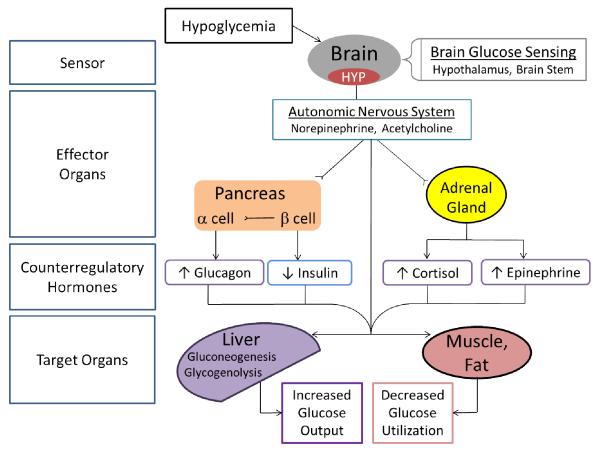Figure 1. The counterregulatory response to hypoglycemia.
Hypoglycemia is first sensed in various brain regions including the hypothalamus and brain stem. Low glucose in these brain regions stimulates the autonomic nervous system to release norepinephrine and acetylcholine at postganglionic nerve terminals and induce symptoms of hypoglycemia (hypoglycemia awareness). A principal counterregulatory response is the secretion of glucagon which may be stimulated by various mechanisms including independent α-cell glucose sensing, autonomic innervation, epinephrine stimulation, and a reduction of intra-islet insulin secretion. Via autonomic stimulation, epinephrine is released from the adrenal medulla. Not shown is the hypothalamic-pituitary-adrenal axis by which the release of ACTH from the pituitary stimulates cortisol release from the adrenal cortex. The cumulative effect of the sympathetic nervous system and counterregulatory hormones at the level of the liver is to increase hepatic gluconeogeneis and glycogenolysis while the effect at muscle and adipose tissue is to decrease peripheral glucose utilization.

